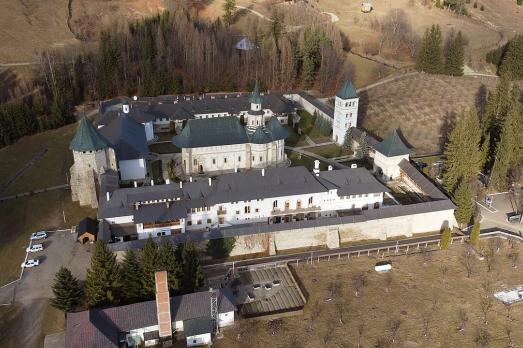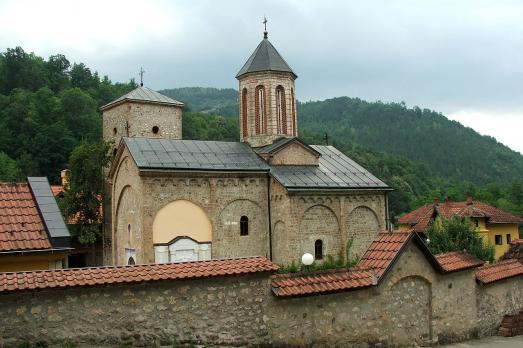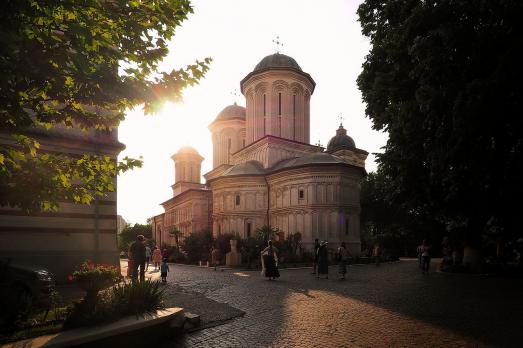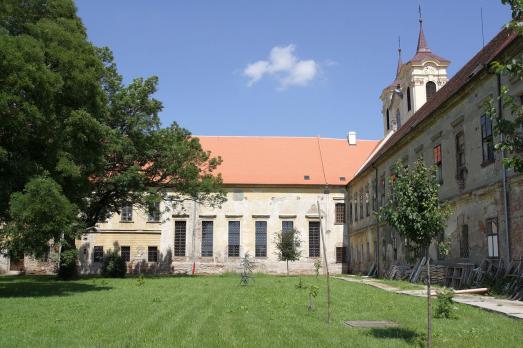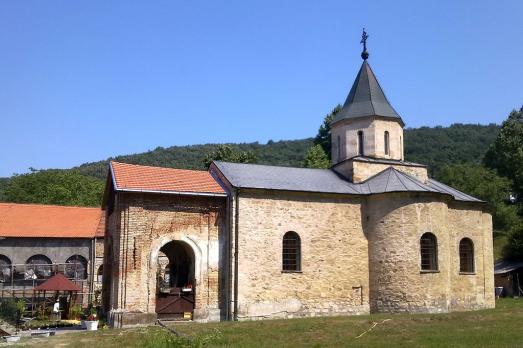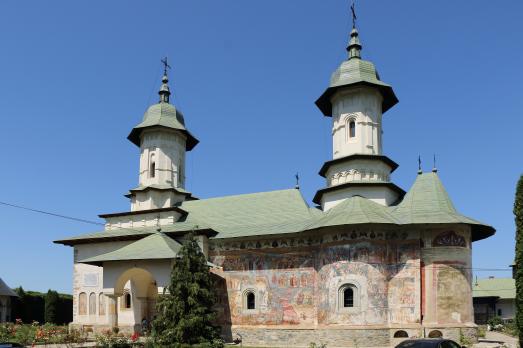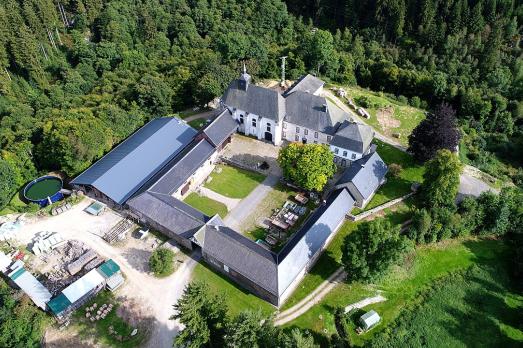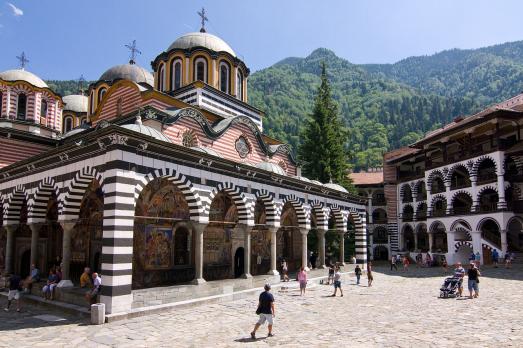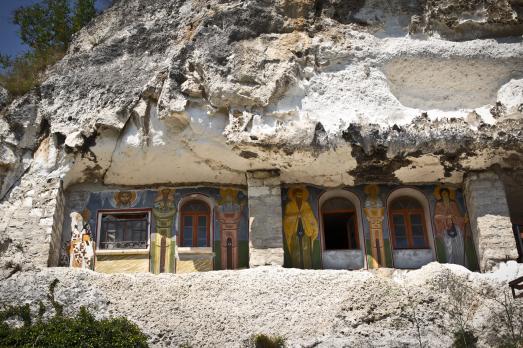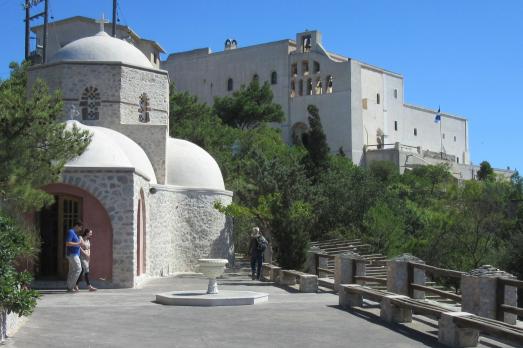
Prophet Elias Monastery
Moni Profitou Iliou, GR
The Prophet Elias Monastery, located at an altitude of 567 metres, was founded in 1711 by the hieromonks Gabriel and Ioakeim Bellonia. The monastery contains the mitre of Gregory V of Constantinople, Ecumenical Patriarch of Constantinople at the turn of the 18th and 19th centuries.
